
DesignPhiladelphia looks to 'Shift' everything
A Puerto Rican architect and urban planner, and a Colombian designer, redefine the sustainability of space and product in Philadelphia.
Now in its 11th year, DesignPhiladelphia, a week long long celebration of the growing design community in the city, will get under way October 8.
Antonio Fiol Silva, has brought a considerable amount of attention to Philadelphia recently, as an up and coming center of urban development. The San Juan, Puerto Rico native is the first architect in 20 years, and the first Latino ever, to be appointed district council chair for the Urban Land Institute, a national urban development non-profit organization that will be having its spring meeting in Philadelphia in 2016. He is also busy planning for the 2016 American Institute of Architects national conference. First up though, is DesignPhiladelphia. Fiol Silva is the Center for Architecture Board President and so oversees this year’s event and its theme, Shift.

“What is happening in Philly is not just about the big Comcast tower that is going up or the big hospital,” he said, “it is also what is happening in the all of the neighborhoods, and the maker spaces, and the communities, so that it really is happening throughout the city, it is not one sector that is doing well, it really is a bit of a renaissance and a spring, so the concept of ‘Shift’ really comes down to capturing that and calling attention to that.”
Shift is DesignPhiladelphia’s 2nd year under the auspices of the Center for Architecture. “There really is a shift going on in the city and it’s not just about new buildings.” Fiol Silva says of the motivation for this years’ theme. “One of my favorite silly cartoons is this little chicken comes out of the egg and says ‘Paradigm shift!’ it is something very different and I think on some level, in the city, we have come out of our shell."
Philadelphia as a center of urban development
While the burgeoning skyline is part of the development of Philadelphia as a hub for urban design, it is not limited to high rise buildings and center city. “Neighborhoods that before were thought of as not being good places to live are now very desirable,” Fiol Silva says. Primarily desirable to the current neighborhood residents.
“Urban design, urban planning is all about taking the broader view of things," he added. "So, it’s not just about that one building but how that building fits in in a city, fits in a society, fits in time and place. When you take the broader thing, sustainability becomes very important because you look at the things that are enduring and the things that really make sense.”
“Now a days the other word that people are using for sustainability is resiliency, the ability to endure.”
This idea of design resiliency, he tells me, started coming up in the aftermath of natural disasters. It is a design theory concerned with community. “There are many dimensions to what sustainability means. People can be healthier; it can be more economically sound.” He said it is design “that is building community but is also building economy.” The designers this year want to portray that anyone, anywhere can shift their environment into on that is more beneficial to them.
“One of the events that we have is the Pearl Street Passage.” Fiol Silva says the Chinatown area event as an example of where an alleyway will be transformed into an open green space. "Participants will not only be able to experience the area, they can learn how to take any alleyway and transform it into becoming a vital open space.”
The Center for Architecture has a permanent space on Arch street that is “a hub for activities that happen not only during design Philadelphia, but stretch year round,” Fiol Silva tells me, much like the Fringe Festival and the permanent building on the corner of Delaware Avenue and Race Streets they now have, which he just so happened to design.
The Arch street CFA building has a gallery and interactive exhibits for children, and is one of the many destinations, along with the Pearl Street Passage, located in the Chinatown section of the city for DesignPhiladelphia. Another design destination in Chinatown is near 13th and Spring Garden streets.
Paradigm shift!
The origins of MIO Culture, or MIO, can be traced to Philadelphia. Designer Jaime Salm, originally from Medellin, Colombia, who attended the University of The Arts in the city to study industrial design.
“Originally I was into sculpture.” Salm says, “On the weekends I would get my car and take the passenger seat out and go to junk yards, buy junk, and then I would weld up sculptures out of junk.” While he found sculpture fulfilling, despite the constant reconfiguration of his automobile, as far as considering sculpture a career, Salm was not convinced that was for him.
One day, as a teenager in the late 1990s, he said someone mentioned industrial design to him and suggested it as a career. “I asked what (industrial design) was and they told me it was product design and designing for industry, so I thought it was interesting, I’d give it a whirl.’ I realized as I was doing these courses that I did like design, that design was for me, it was artistic but it also had all these constrictions about society and how we live. I like the idea of a creative process that has constrictions, not just go out and tell us how you feel, go out and tell us what you think, this is all nice, but how about go out there and figure out how to solve these problems.”
His parents still lived in Medellin at the time, and it turned out of all his options, Philadelphia offered him the ability travel more freely back and forth as he studied in America. The fundamentals of his sustainable design principles he attributes directly to his time as an undergraduate.
“The University of the Arts had an emphasis on sustainability at the time, it still does to this day, I think. For me, I came to realize that good design is not just is not just good design, good design is sustainable design, so you cannot separate the idea of sustainability from the design.”
“You mean that that is a great building but someone who has a disability can’t get into the building, how is that a great building? I don’t care how pretty it is, I don’t care how much it cost, it has to be designed for society, it has to be designed for humans and our needs, and accounting for what is coming along in the future, not just the present.”
Active sustainability
Salm developed a design philosophy years ago — active sustainability. “It is this concept that there are some products out there that are not made domestically, that may use harmful chemicals, and then you start looking at the entire life-cycle of something and you ask, what is the true impact of that? You begin to look at products, materials, processes, manufacturers in a more systematic kind of way, not just the short-term thinking of ‘that must be great because it is recyclable,’ maybe it is not great. You really have to really stand back and look at the full package.
For example, buying an individual bottled water is not very sustainable, recycling it helps, but there are water bottles you can reuse, those bottles would be a kind of cursory, or illusory kind of sustainable because it can still has some kind of negative environmental impact if it will not last very long, if it is made using unethical labor practices, or it is manufactured with chemicals that harm the environment. A reusable water bottle that is made without harmful chemicals, that can last many years, and that can still be recycled at the end of its own life cycle would be active sustainability.
“With this idea of active sustainability, what I’m concerned about is: ‘how can we make products that provide additional environmental benefits every time they are used?’” Products need to be more than environmentally sound, they must be environmentally beneficial. The design must do more than take minimally from the environment, it should give back.
MIO has evolved as a company since incorporating this philosophy. In the beginning Salm says he was very material and process driven, creating beautiful and at least what he now considers partially sustainable products. All of the products now constructed by MIO are done so with a systemic approach considering all the variables of active sustainability.
During Design Philadelphia, Friday October 9 from 6 to 9 p.m., MIO will open their studio at 511 North 5th Street, to the public — a building they rehabbed and have been in for a year now, showing just how committed the company is to their design philosophy. “It was an empty warehouse for about 30 years, we came in here and gutted it and cleaned it. Before that we were two blocks away at an old fortune cookie factory.”



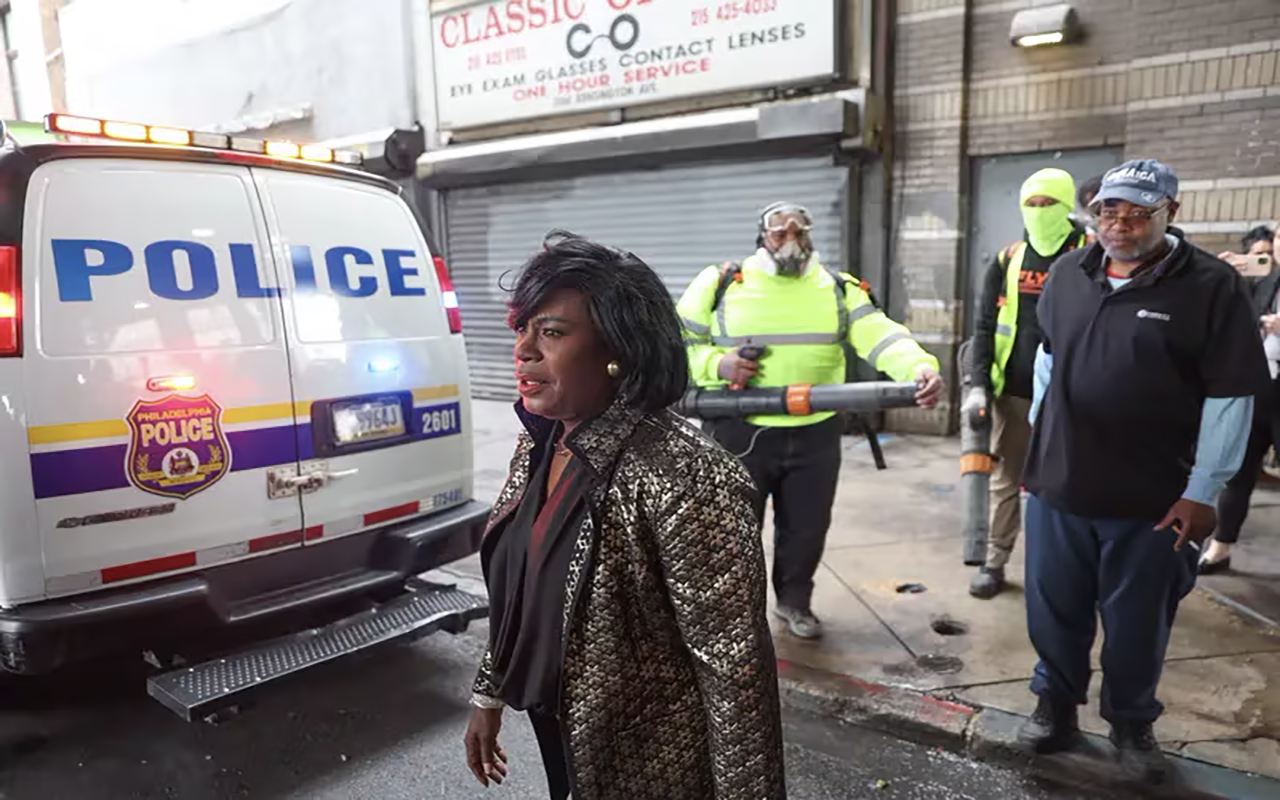
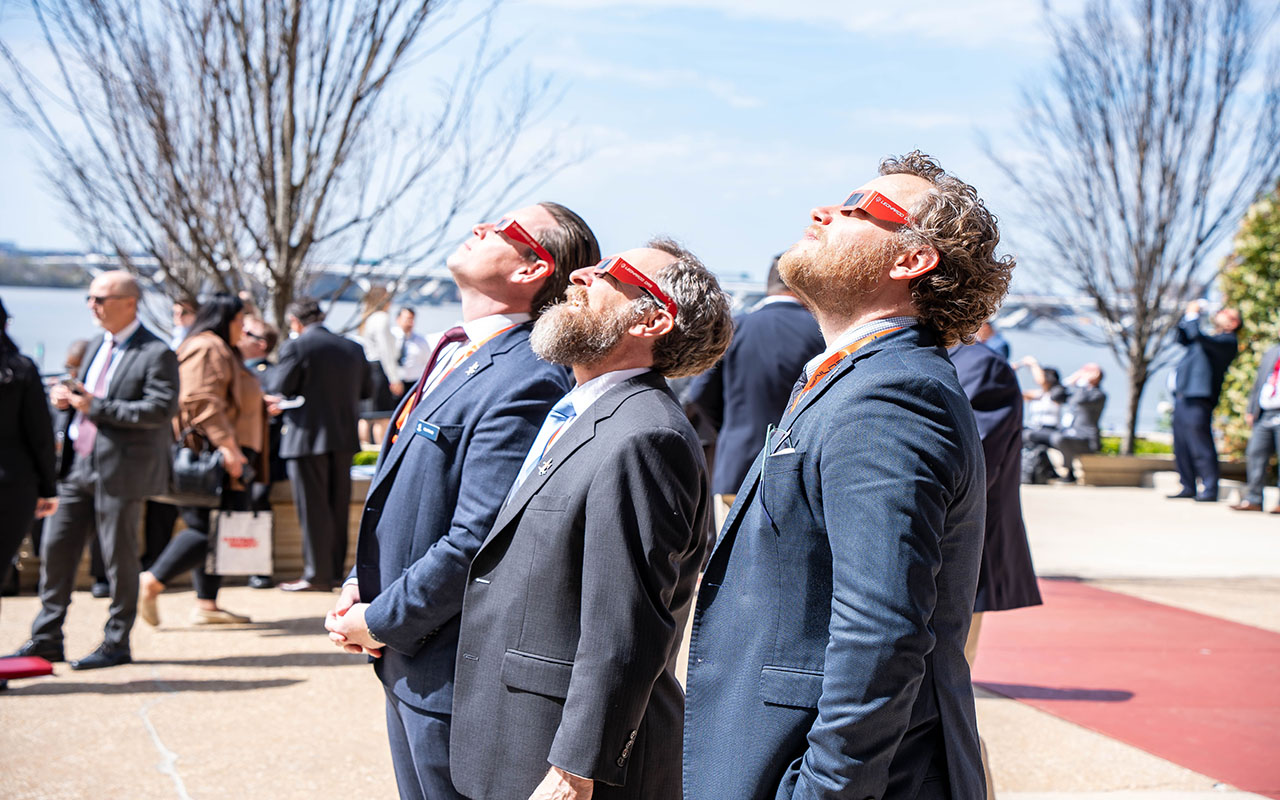

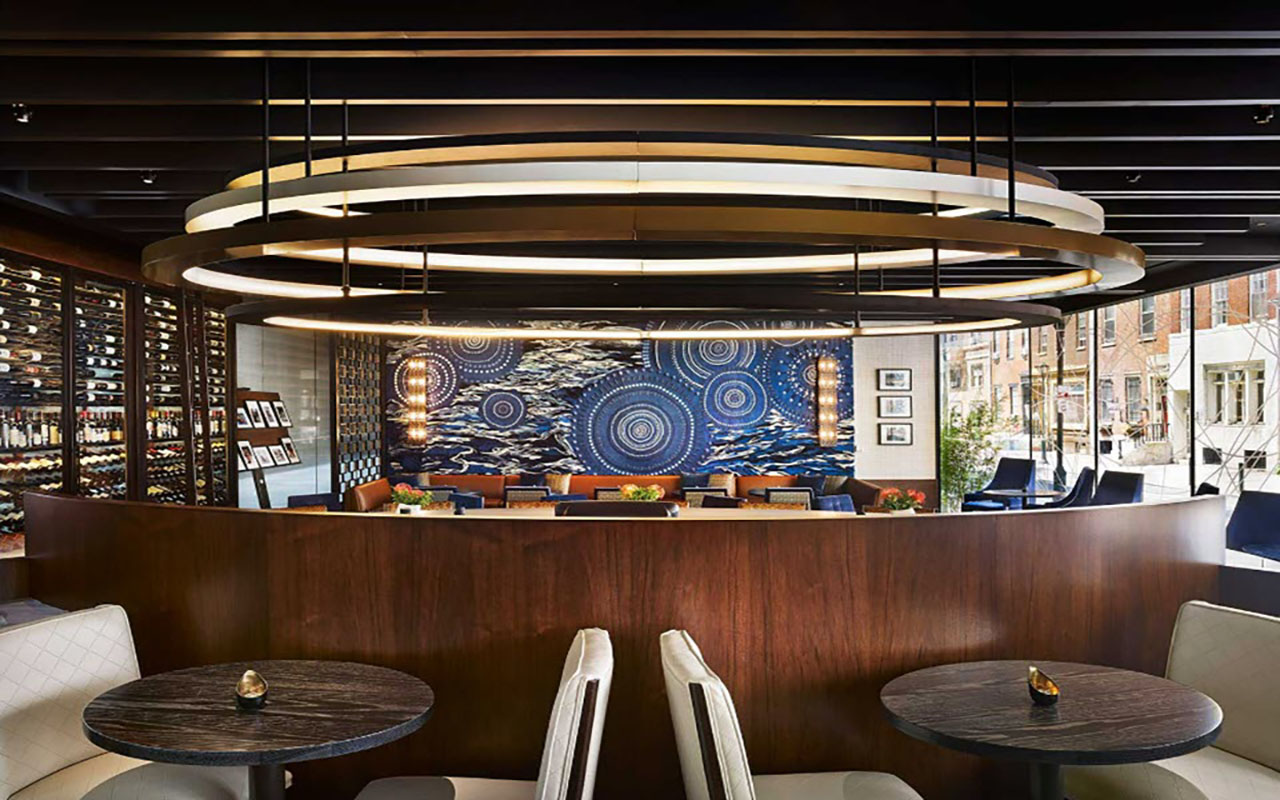
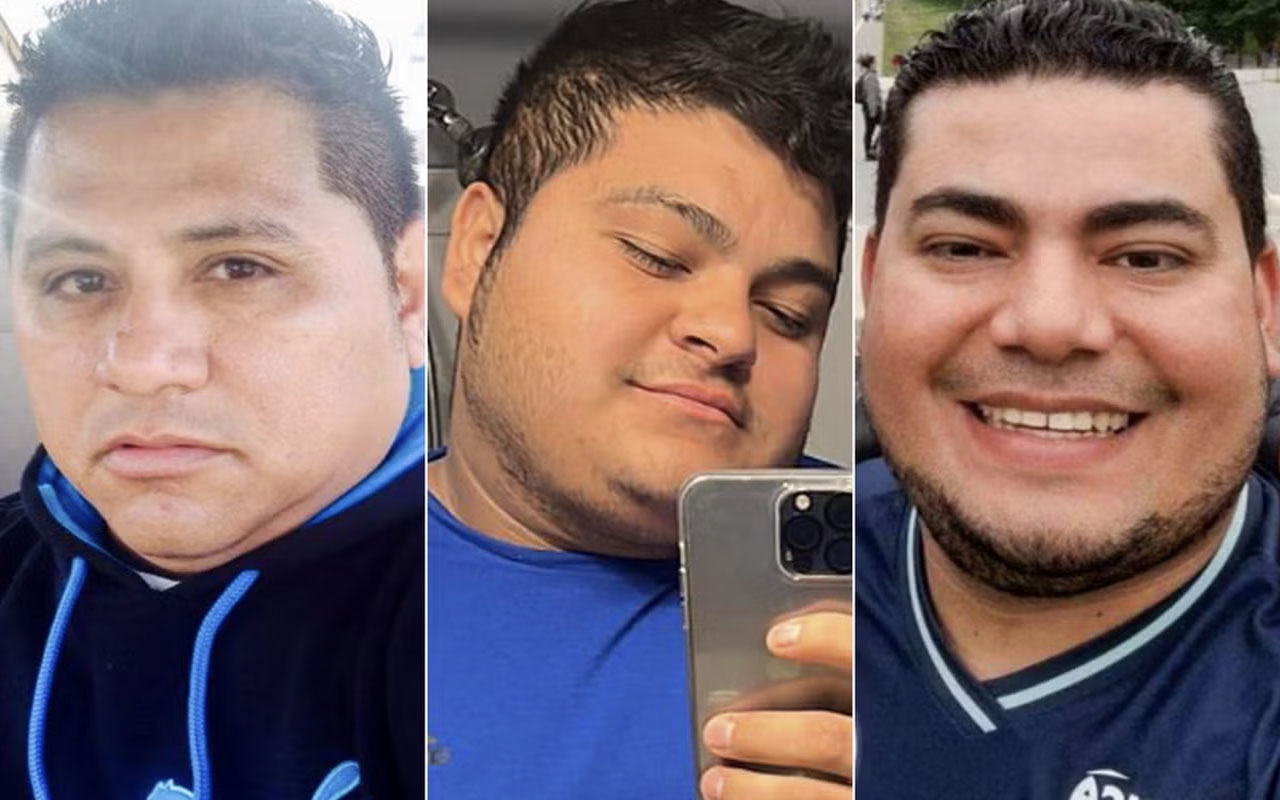
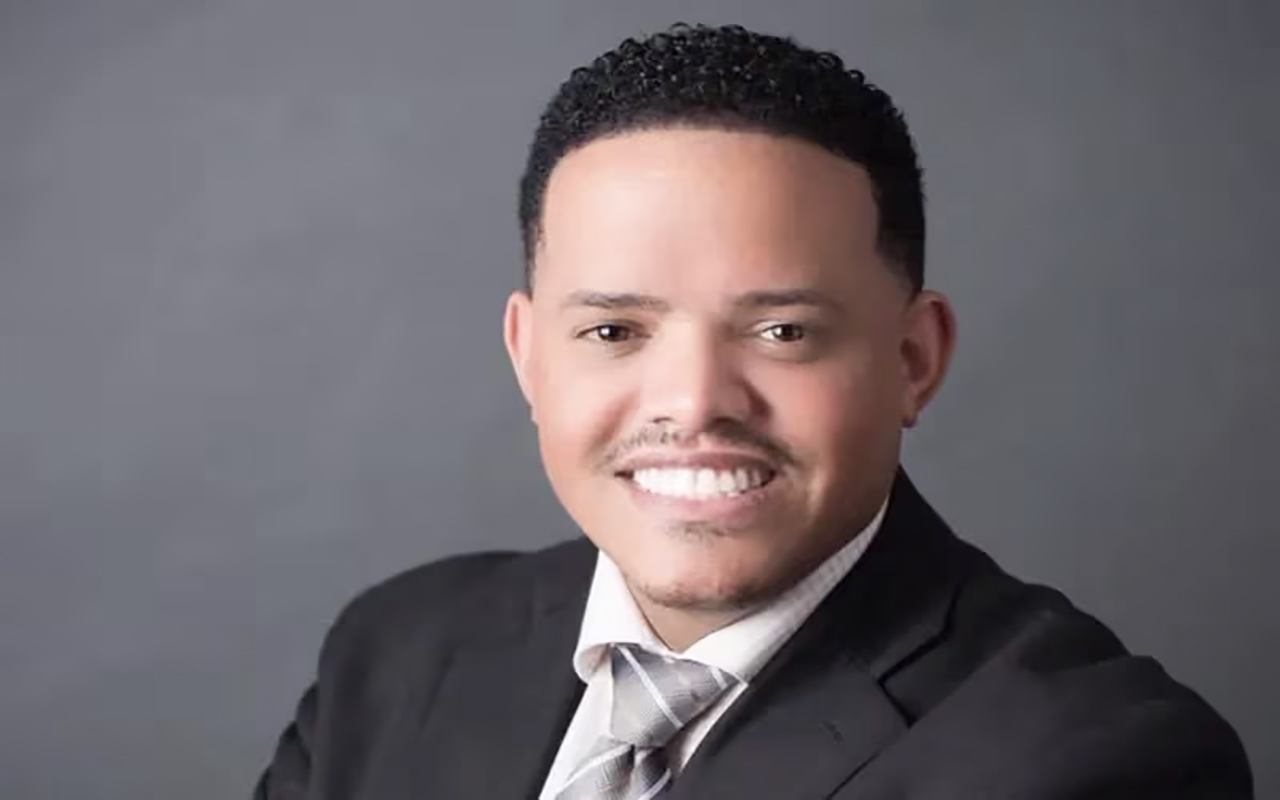
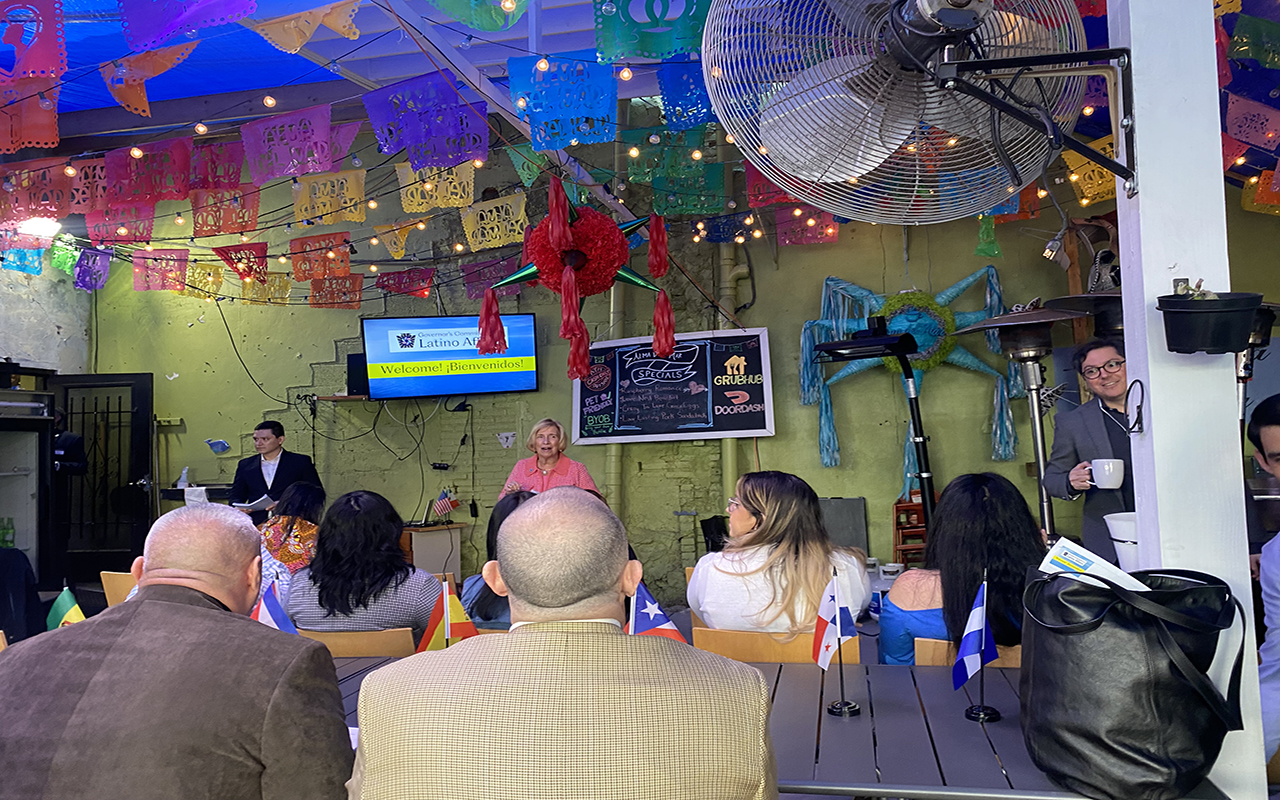

LEAVE A COMMENT:
Join the discussion! Leave a comment.